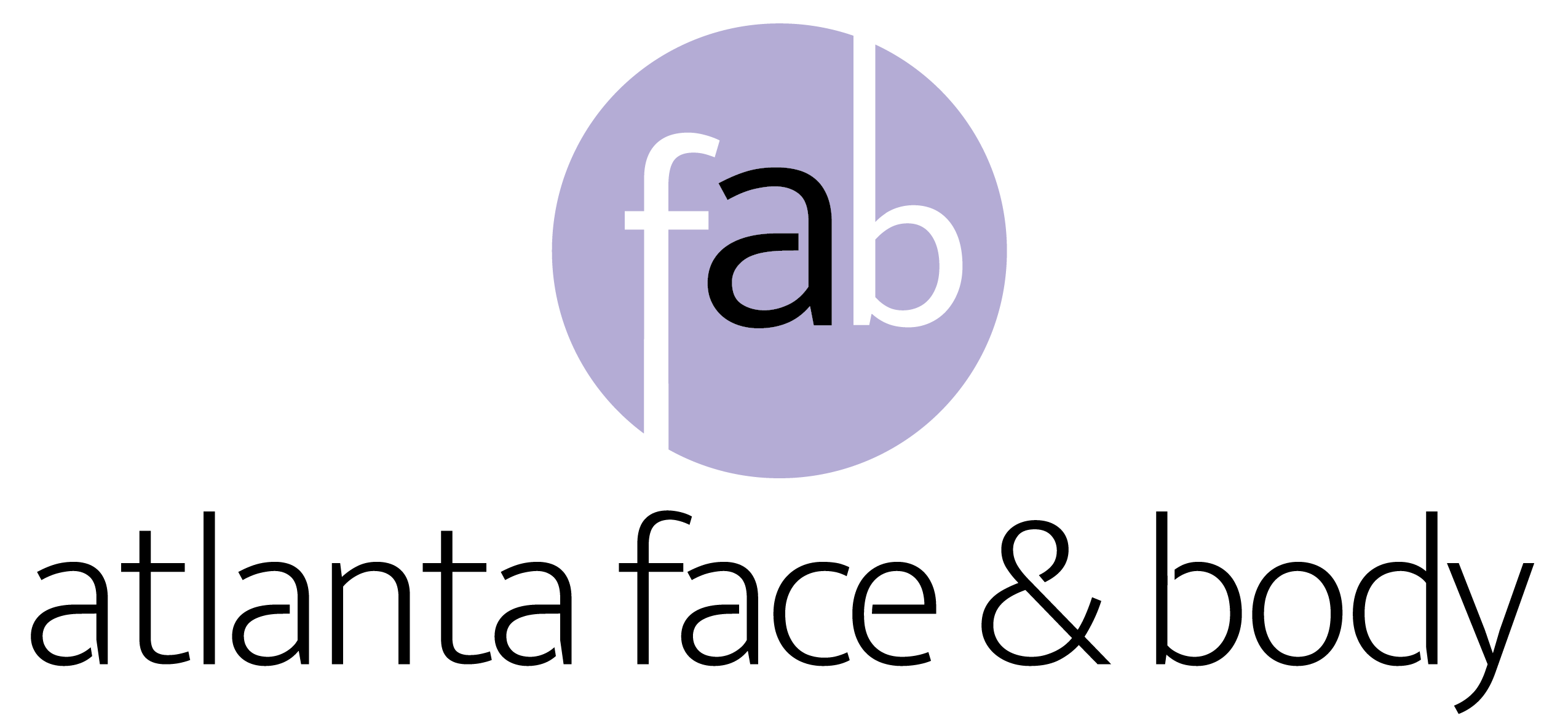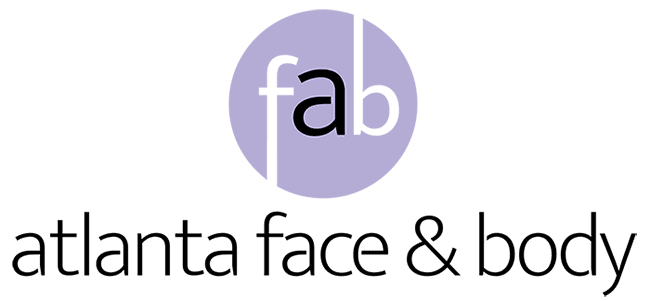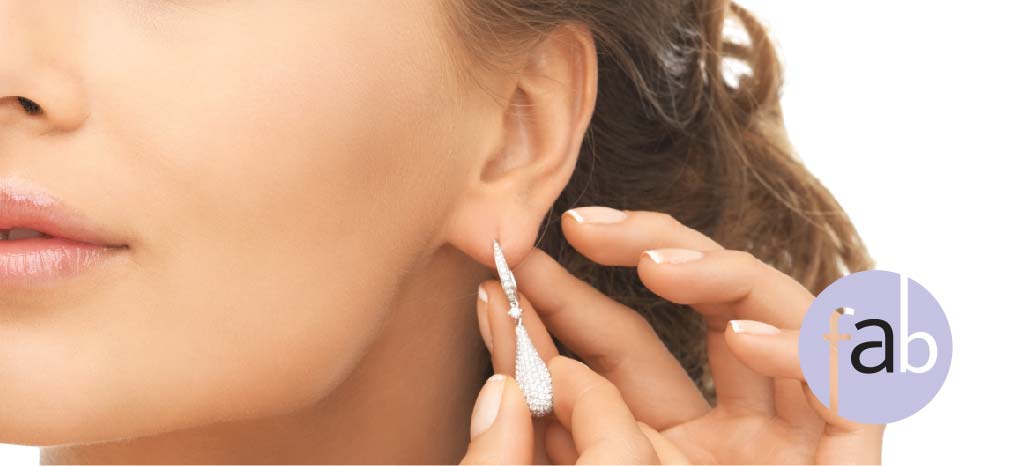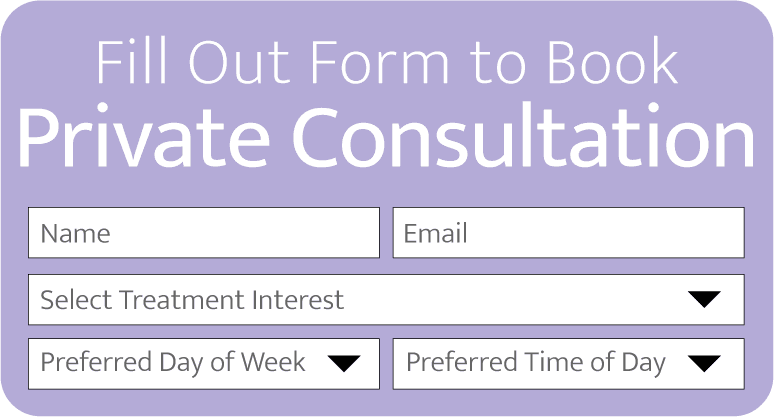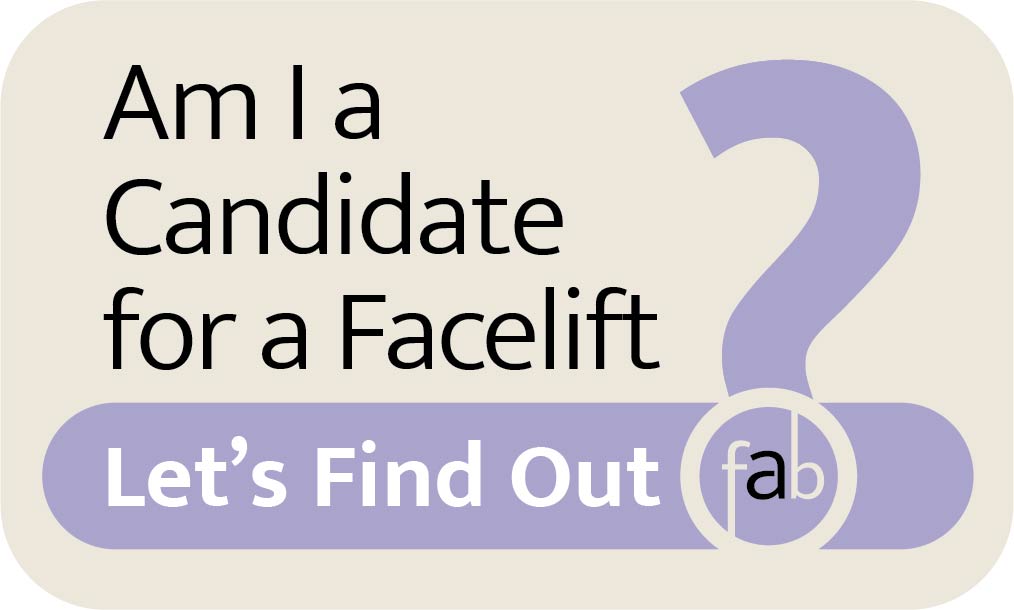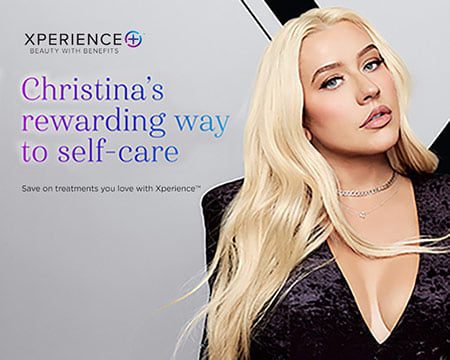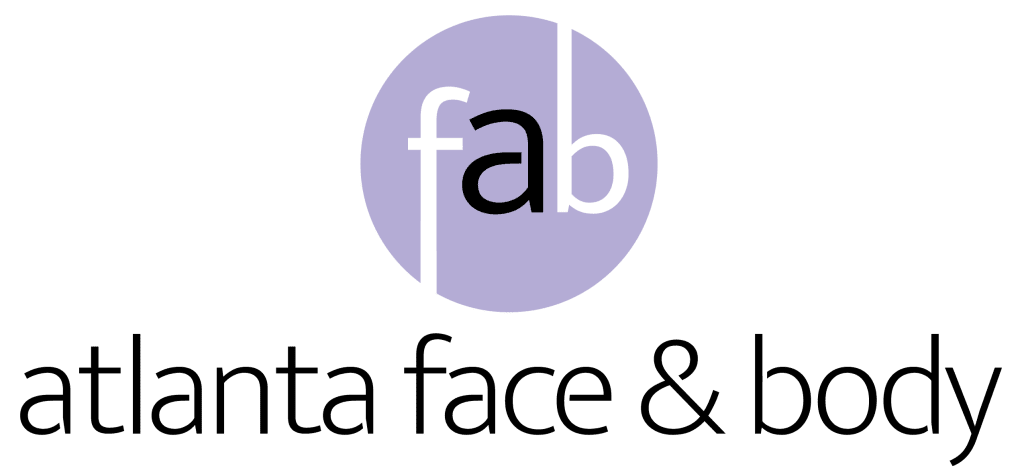Earlobe repair is a cosmetic surgery procedure designed to address damage or stretching of the earlobes, restoring them to their natural shape and appearance. During the earlobe repair process, a cosmetic surgeon carefully assesses the extent of damage and tailors the approach to meet the patient’s specific needs. This may involve various techniques, including:
Stitching
Torn or stretched earlobes can be meticulously stitched back together to create a seamless and natural-looking result. The surgeon uses fine sutures to reapproximate the tissue, ensuring optimal healing and minimal scarring.
Tissue Removal
In cases where the earlobe has been significantly stretched or elongated, excess tissue may need to be removed to restore its original shape. This may involve trimming away damaged or redundant tissue and reshaping the earlobe to achieve symmetry and balance.
Reinforcement
To provide added support and stability, the cosmetic surgeon may use self-dissolving internal sutures to reinforce the repaired earlobe. This technique helps prevent future stretching and ensures long-lasting results.
Earlobe repair surgery is typically performed under local anesthesia on an outpatient basis, meaning patients can return home the same day. Recovery time is relatively short, with most individuals able to resume normal activities within a few days.
Causes of Damaged Earlobes
As tough as they are, earlobes are not invincible. Understanding the root causes behind damaged earlobes can help reduce the need for cosmetic surgery.
Wearing Heavy Earrings
One prevalent factor contributing to earlobe damage is wearing heavy earrings. Over time, the constant pull of gravity combined with the weight of the earrings can gradually stretch or tear the delicate earlobe tissue.
Accidental Trauma
Accidental trauma poses a significant risk to earlobe health. Be careful not to pull on earrings or catch them on clothing. Sustaining blows to the earlobe can result in injury and damage.
These traumatic events can lead to tearing of the earlobe tissue or even complete detachment in severe cases.
Poorly Done Piercings
DIY piercings or piercings done by inexperienced individuals can lead to various problems. These issues may include uneven holes, where the piercing is not symmetrical or aligned correctly. This causes discomfort and doesn’t look attractive.
Improper piercing methods can result in excessive thinning of the earlobe tissue, making it more prone to tearing or stretching over time. In some cases, keloids may form, causing discomfort and further complications.
What Benefits Can You Enjoy from Ear Repair?
If you’re looking into earlobe repair, you’ve probably already thought about the benefits you’re looking for, but there are likely a few you haven’t considered. Explore the potential benefits!
Improved Appearance
Earlobe repair restores the natural shape and symmetry of the earlobes. The procedure can correct damage caused by stretching, tearing, or previous procedures. Most people love the balanced and harmonious appearance.
Boost in Confidence
Like other cosmetic procedures, such as skin tightening, earlobe repair often has a profound psychological impact. It can boost self-confidence and self-esteem. By addressing issues with earlobe appearance, most people feel more comfortable and confident in social and professional settings.
Ability to Wear Earrings
One of the most tangible benefits of earlobe repair is that you can wear earrings again. Repaired earlobes allow you to enjoy a wide range of earring options without discomfort or concern about further damage.
Potential Earlobe Repair Risks
While most ear repair procedures are drama-free, there’s always a degree of risk. Risks range from infection to scarring to less than optimal results. Let’s take a closer look at each risk.
Infection
As with any surgical procedure, there is a risk of infection following earlobe repair. Proper post-operative care is essential to minimize this risk. Infections can delay healing and may require additional treatment to resolve.
Scarring
While cosmetic surgeons strive to minimize scarring during earlobe repair, it is an inherent risk of the procedure. Factors such as individual healing patterns, skin type, and the extent of the initial damage can influence the degree of scarring.
Individuals prone to keloid formation or poor wound healing may be at higher risk for visible scarring.
Changes in Sensation
Some individuals may experience temporary or permanent changes in sensation around the earlobes following repair surgery. This can manifest as numbness, tingling, or altered sensitivity. The changes are usually temporary.
In rare cases, sensory changes may persist long-term, affecting the perception of touch in the earlobe area.
Despite the best efforts of the surgeon, you might not get the result you want. Factors such as the extent of the initial damage, tissue quality, and individual healing responses can influence the final results. Individuals need to have realistic expectations and open communication with their surgeons about goals and concerns.
What to Expect During Earlobe Repair
Earlobe repair involves several key steps. You’ll start with an initial consultation. Here’s a breakdown of what you can expect during the ear repair process:
Consultation with the Cosmetic Surgeon
This journey begins by scheduling a consultation with a qualified cosmetic surgeon. During this appointment, you’ll discuss your concerns, goals, and expectations for earlobe repair. The surgeon will assess the condition of your earlobes, discuss treatment options, and develop a personalized treatment plan.
Preparation for Surgery
Before the procedure, you’ll receive detailed instructions on how to prepare. This may include avoiding certain medications that can increase the risk of bleeding. You may need to arrange for transportation to and from the surgical facility. Some surgeons require patients to fast before the procedure.
Surgical Procedure
Most cosmetic surgeons perform earlobe repair surgery on an outpatient basis under local anesthesia. The procedure involves trimming and reshaping the damaged earlobe tissue to restore its natural appearance.
Depending on the extent of the damage, your surgeon may use techniques such as stitching torn or stretched earlobes back together, removing excess tissue, or reinforcing the earlobe with internal sutures.
Recovery Period
Following surgery, your surgeon and their medical team will monitor you in a recovery area until you’re ready to go home. You may experience mild discomfort, swelling, and bruising around the treated area. This is normal and typically resolves within the first few days.
As mentioned earlier, your surgeon may prescribe pain medication to help manage any discomfort during the initial recovery period.
Tips for Recovery and After-Care
While ear repair isn’t as invasive as, say, an appendectomy, you’ll still need to experience a recovery period. A successful recovery involves understanding what to expect and adhering to post-operative care instructions. Here’s what to expect during recovery:
Immediate Post-Op Period
Following your surgery, you may experience mild discomfort, swelling, and bruising around the treated area. These symptoms typically subside within the first few days. Pain management medication prescribed by the surgeon can help alleviate any discomfort.
Downtime
This is a minor procedure, but you should still plan for some downtime during the initial recovery period. Avoid activities that may strain or irritate the earlobes, such as wearing earrings. Give your body at least a few weeks to promote optimal healing.
Healing Timeline
The majority of swelling and bruising should resolve within one to two weeks. Full healing and final results may take several weeks to months. The healing timeline depends on individual healing factors and the extent of the repair.
Your surgeon will provide instructions for you to follow after your procedure. Following them carefully will help you heal and get back to your normal activities. While your surgeon is the best resource, this is what post-operative care instructions usually include:
Wound Care
Proper wound care helps with healing and minimizes the risk of infection. Patients should follow the surgeon’s instructions about cleaning the surgical site. You’ll have instructions on applying prescribed ointments or dressings.
Finally, avoid exposure to moisture or contaminants.
Activity Restrictions
In addition to not wearing earrings, avoid activities that may put a strain on the repaired earlobes. That could include sleeping on the treated side or participating in high-impact sports.
Your surgeon’s office will schedule regular follow-up appointments. During follow-up, the medical team will monitor your healing progress. They will assess any potential complications and address concerns or questions that may arise during the recovery period.
Complications and How to Avoid Them
Some patients, despite their efforts, still deal with complications following medical procedures. You can avoid complications by following these helpful tips.
Infection
To reduce the risk of infection, adhere strictly to the prescribed post-operative care instructions. That means keeping the surgical site clean and avoiding activities that may introduce bacteria or contaminants.
Promptly report signs of infection, such as increased redness, swelling, warmth, or drainage from the incision site to your surgeon.
Excessive Scarring
Some scarring is inevitable with earlobe repair surgery. You can help promote optimal healing and minimize scarring by protecting the area from sun exposure and following scar management recommendations provided by the surgeon.
Delayed Healing
Factors such as smoking, poor nutrition, and underlying medical conditions can contribute to delayed healing or other complications. Non-compliance with post-operative care instructions is another contributor to delayed healing.
By understanding the recovery process and adhering to post-operative care instructions, you can approach recovery with confidence. You’ll have a better chance of achieving the desired results.
How to Choose a Qualified Surgeon for Earlobe Repair
Selecting the right surgeon for your earlobe repair is crucial for achieving safe, successful outcomes and ensuring a positive overall experience. Consider these key factors when choosing a qualified surgeon for your earlobe repair:
Board Certification
When planning for any surgical procedure, certifications matter. Look for a surgeon board-certified in plastic surgery. Board-certified physicians undergo stringent training and must pass exams. Don’t settle for anything less!
Facility Accreditation
Ask about the surgical facility’s accreditation. Make sure it meets high standards for safety, cleanliness, and quality of care.
Accreditation from reputable organizations such as the American Association for Accreditation of Ambulatory Surgery Facilities or the Accreditation Association for Ambulatory Health Care assures a safe surgical environment.
Experience and Expertise
Look for a surgeon with expertise in earlobe repair and cosmetic surgery. Review their credentials, training background, and surgical experience. You want your surgeon to have the necessary skills and knowledge to perform your procedure safely.
A Few Additional Tips to Select Your Surgeon
Once you feel satisfied that the surgeon you’re considering is qualified, there are some other things you can do to make sure you choose the best surgeon.
Before and After Photos
Ask to see before and after photos of previous earlobe repair surgeries performed by the surgeon. This allows you to assess the quality of their work. These photos also can give you an idea of natural-looking results that align with your goals.
Patient Reviews and Testimonials
Read reviews and testimonials from past patients to gain insights into their experiences with the surgeon. Positive reviews and satisfied patients are indicators of a surgeon’s professionalism, skill, and patient-centered approach to care.
Communication and Comfort Level
During your initial consultation, pay attention to how the surgeon listens to your needs, answers your questions, and explains the procedure and recovery process. Choose a surgeon who makes you feel comfortable and valued.
We Are Waiting For You at Atlanta Face and Body
Earlobe repair offers a transformative solution to damaged earlobes, enhancing both appearance and confidence. Choosing the right surgeon can make all the difference in your outcome.
At Atlanta Face & Body, our dedicated team offers personalized care and expertise in cosmetic surgery. Conveniently located near Atlanta’s airport, we welcome patients from across the nation.
Request a consultation today. We promise you’ll fall in love with your new earlobe shape!
